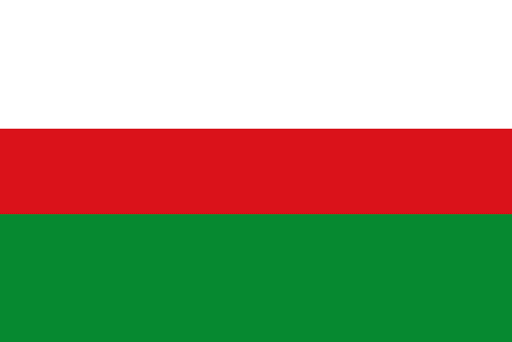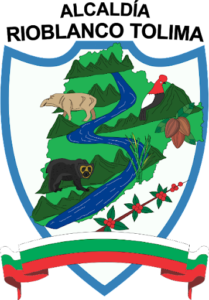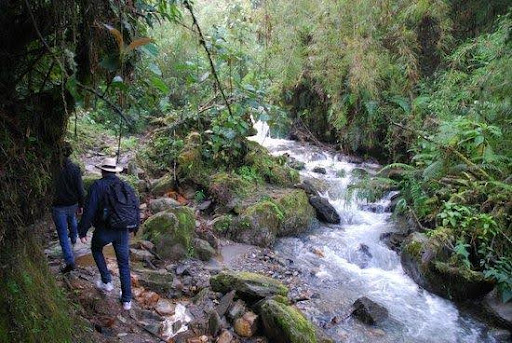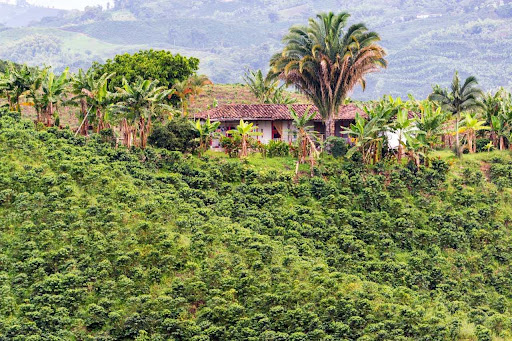Rioblanco
Department

Flag of the city
The flag of the city is painted white, red, and green


Slogan of the city
The slogan “United by the greatness of Tolima” serves as a unifying and prideful expression for the entire department of Tolima in Colombia. Slogans for regions or departments are often crafted to reflect the collective spirit, identity, and aspirations of the local population. In this case, the slogan suggests a sense of unity and shared pride among the people of Tolima, emphasizing the greatness and unique qualities that define the department. The use of “United” conveys a spirit of togetherness and collaboration, while “greatness” implies a collective belief in the positive and distinctive attributes that make Tolima special.
History

At the turn of the last century, the Rioblanco area was adorned with valuable resources like rubber and cinchona, which characterized the lush jungle. However, for the first settlers arriving in this untamed environment, the region’s wealth in prized plants contrasted sharply with the dangers presented by native wildlife such as tigers, lions, bears, and snakes. According to the oral history passed down from old residents of the town and distant farms, the semi-discovery of the Mendarco River banks occurred around 1897, stretching from the site “El Mesón” towards the river’s mouth in the torrential Saldaña. Those who inhabited this area balanced agricultural tasks with the exploitation of rubber. Notably, these early settlers, driven by the allure of cinchona and rubber, did not initially consider establishing a permanent settlement or town. In the late 19th century, an expedition of farmers from Chaparral, including individuals like Abraham Caicedo, Marcelino Hernández, and Absalón Ramírez, ventured into the remote and dense forests for over three years, reaching the banks of the Blanco River. Their primary objective was the exploitation of cinchona, a highly valued product. These expeditions, lasting about a month and a half, involved extracting eight to ten arrobas of ball rubber from the jungle. The explorers then navigated the Saldaña River to Ataco, where they found buyers for their product. The journey presented challenges, including dangerous water currents, but it provided access to a clientele willing to purchase the natural resources. Driven solely by the desire for wealth, these jungle tamers never intended to establish permanent settlements. Their focus was on opening trails that would lead them to the coveted rubber tree or the small cinchona plant. The expeditions were perilous, as they exposed themselves to the dangers of the wilderness, contending with formidable adversaries like tigers, Creole lions, bears, and snakes. Despite the constant threat of the natural environment, these pioneers exhibited bravery and courage, making their mark as trailblazers in the dense jungles surrounding Rioblanco.
Geography of the city
Rioblanco, situated at approximately 3°31’45” N latitude and 75°38’41” W longitude, encompasses a vast area of 1443 square kilometers. Positioned at an average altitude of 900 meters above sea level, the city boasts diverse landscapes and terrains. As of 2015, the population of Rioblanco stood at 24,553 inhabitants, resulting in a population density of around 11,386.32 people per square kilometer. Within the urban confines, 4,673 individuals contribute to the city’s vibrant community. These geographical and demographic characteristics paint a dynamic picture of Rioblanco, capturing both its spatial expanse and the density of its population, factors that undoubtedly influence the city’s climate, topography, and overall living experience.

Population
Total 24,553 inhabitants (2015)
Urban 4673 inhabitants (2015)
One photo representative of the city

Etymology
The name “Rioblanco” translates to “White River” in English. The etymology is straightforward and reflects the Spanish words “rio” meaning “river” and “blanco” meaning “white.” Many place names around the world, especially in Spanish-speaking regions, often derive from descriptions of geographical features or characteristics. In this case, the name suggests that there may be a river with white or clear waters in the area. It’s a common practice to name places based on prominent features, and the combination of “Rio” and “Blanco” creates the toponym “Rioblanco,” indicating the presence of a white or clear-flowing river.
What the city is known or famous for

The city is known for its distinctive urban and rural environments, each contributing to the municipality’s unique character. In the urban core, the concentration of population around the Municipal seat forms a bustling center with a focus on commerce and services. The economic activity thrives on providing essential services to residents, creating a hub for various commercial and service-oriented activities. In contrast, the rural sector exhibits a dispersed population, with exceptions like the population centers of Herrera and Gaitán. The municipality comprises 97 villages, acting as minor commerce and service centers, primarily centered around primary sector activities. Agriculture and livestock, particularly in meat and milk production, play a crucial role in the rural sector’s economic focus. The urban area serves as a vital service provider not only for its local residents but also for those in the rural sector. Conversely, the rural areas act as a crucial source of raw materials and food supplies for the urban center, establishing an interdependence between the two sectors. This interconnectedness gives rise to flow relationships and links driven by the need for services and raw materials. The physical, geological, and climatic conditions of the municipality create diverse economic opportunities in various sectors. The main economic activities, in order of importance, include agriculture and livestock, with a notable emphasis on meat and milk production. The population exhibits high mobility, especially during the coffee harvest season, typically occurring in April and May. Residents from both urban and rural spaces converge in the urban center for various services, including healthcare, religious services, banking, marketplaces, food trading centers, clothing trade, agricultural product transactions, legal services, law enforcement, and municipal administration.
